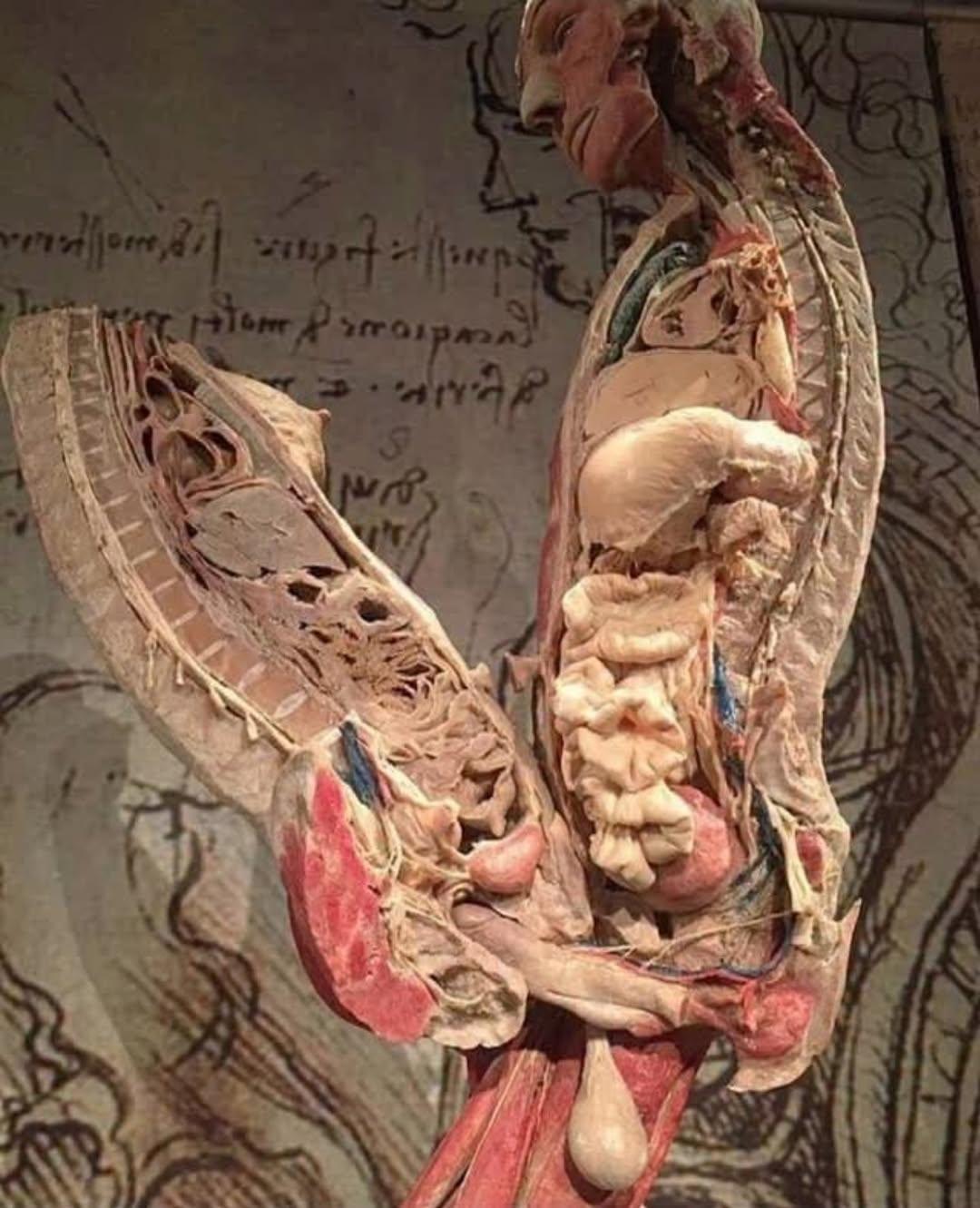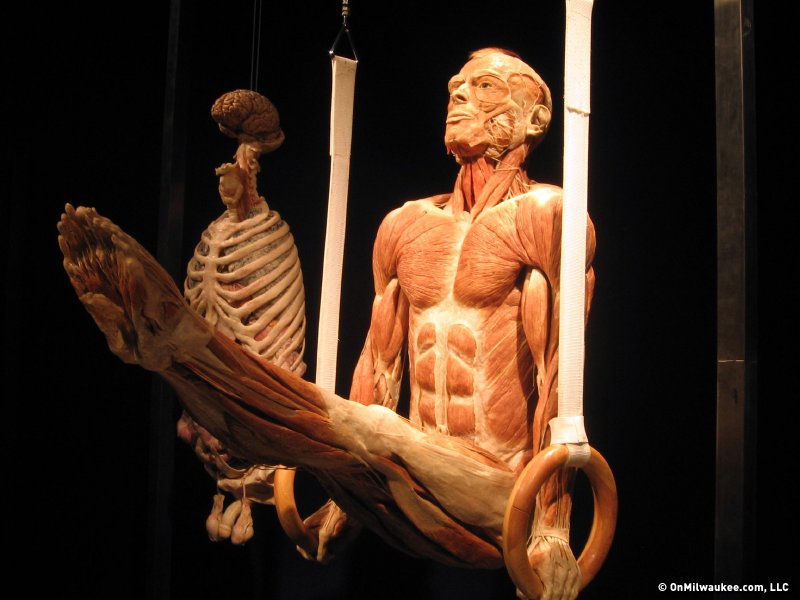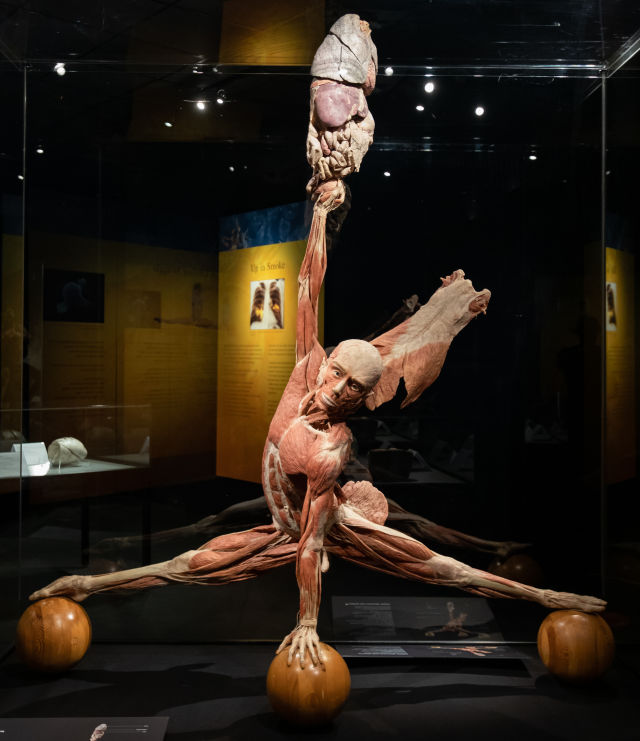Unveiling the Machine: The Real Bodies Exhibition That Forces Amsterdam to Confront Existence

AMSTERDAM, NETHERLANDS – The Amsterdam Museum is currently hosting an exhibition that pulls back the curtain on the deepest, most complex machine known to man: the human body. The Real Bodies Exhibition is not a collection of skeletons or plastic models; it is a raw, unvarnished presentation of human anatomy preserved through the groundbreaking process of plastination.

Step into the extraordinary, and every layer of the human form is dramatically revealed. Here, muscles ripple as if still in motion, organs glisten with an unsettling clarity, and the vast network of nerves branches like lightning across the canvas of flesh.
Science, Art, and Confrontation
The exhibition’s impact lies in its ability to bridge science and existential awe. Visitors are invited to witness the raw architecture of existence. They see the sinews that power athletic motion, the delicate web of nerves that transmits thought, and the vital organs—the heart, the lungs, the brain—positioned exactly as they function within life. The bodies are often posed performing dynamic actions, such as running or throwing, allowing viewers to appreciate the complex biomechanics of simple movement.

For many, the experience is both fascinating and deeply confronting. It strips away the abstract concept of the “human body” and replaces it with a tangible, exposed reality. It is a powerful lesson in anatomy that transcends any textbook drawing, offering an intimate look at the systems that keep us alive.
“The details fascinate and fascinate again,” noted one visitor. “You realize how perfectly engineered you are. You leave thinking less about the controversy and more about the sheer miracle of having a functioning body.”
Beyond the Controversy

While plastinated body exhibitions have historically sparked ethical debates regarding the procurement and display of human remains, the overwhelming response from viewers often centers on reverence and awe. The exhibit positions itself not merely as a science display, but as a moment of confrontation with what it means to be alive.

By exposing and exalting the layers beneath the skin, the Real Bodies Exhibition reinforces a powerful truth: that every individual, regardless of their outside appearance, possesses the same intricate, beautiful, and fragile internal structure. It serves as a stark, unforgettable reminder of our shared humanity and the complex mystery contained within every person. The exhibit is currently running, inviting the public to engage with the ultimate question: what exactly makes us tick?











